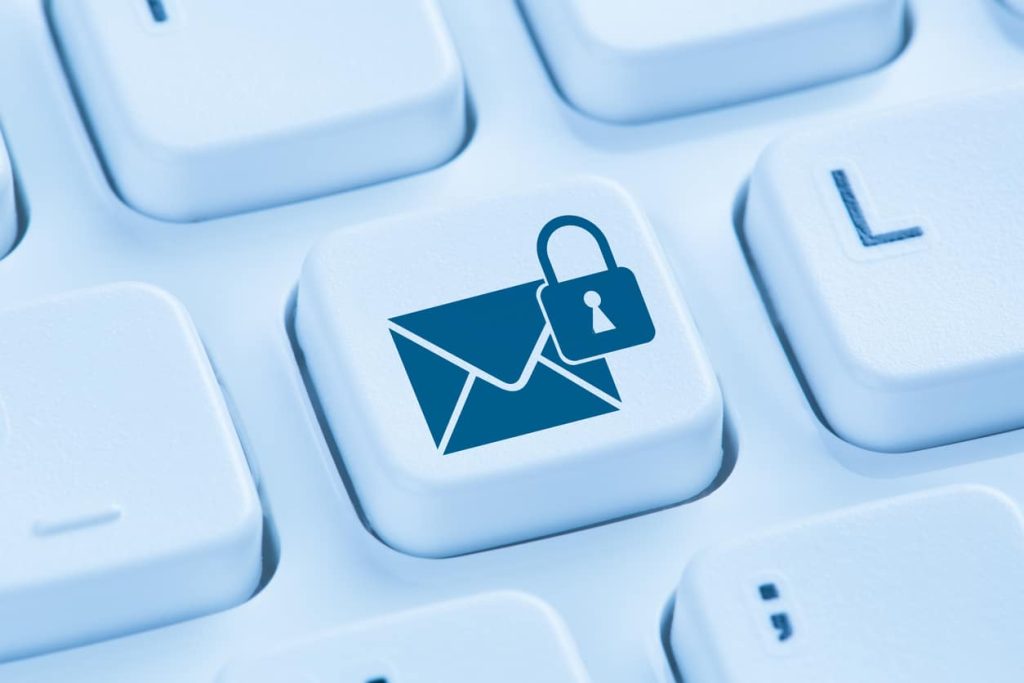While among the most common communication channels used by enterprises across the globe, email is notorious for its use by malicious operators to unleash attacks. In the following sections, we’ll explore some of the more common kinds of attacks involving emails.
Identity theft
If a threat operator gains access to an enterprise user’s account, they can assume their identity. Once in control of an account, they can enjoy many privileges. Consider how an email can automatically log a user into multiple platforms at home and at work. Email services commonly come in package deals with additional work programs. Such setups enable malicious actors to sift through work and personal files when an email is compromised. It can also allow them to misrepresent themselves to co-workers in spoofing scams that allow them deeper penetration into an enterprise’s innerworkings.
Information theft
Emails are often storehouses for private and confidential information. Inboxes, outboxes, and drafts folders are filled with a wide range of emails and often mail that includes important attachments containing sensitive data. If a hacker accesses an account, they can steal or disclose any information included in emails.
Spam
Today’s email security filter can stop a torrent of spam, but malicious actors are constantly improving their schemes and scams to bypass automated security measures. As a result, staff must cope with this menace. Spam can choke inboxes, delaying productivity, and can even hinder employees seeing important emails and responding promptly. Deleting and reporting spam can also waste valuable company time.
Phishing
One of the most prevalent forms of email-based attacks, phishing involves malicious messages that are designed to incite a specific reaction from their recipients that ultimately harms either an individual employee or the company they work for. Crafted to create a sense of panic, messages typically request that targets download an important attachment or click on a link included in the body copy of an email.
If the victim downloads the attachment, malicious software may be automatically installed on their machine. This may involve ransomware, spyware, adware or even a computer worm or virus. If clicked on, links added to emails are engineered to redirect targets to fake websites that resemble legitimate login pages. When the user enters their credentials on the bogus site, they are harvested by malicious actors, giving them greater access to private and work accounts associated with the password and username.
Advanced email security made simple
At Galaxkey, we have designed a comprehensive email security solution for enterprises, educational institutions, and local authorities. Along with multiple tools to help users keep control of the messages they send and receive, our system boasts cutting-edge end-to-end encryption.
Our robust yet user-friendly encryption is approved by the National Cyber Security Centre (NCSC) and enables companies to protect their emails whether they are being sent or stored in user accounts.
If you require a dependable solution to shore up your email security protocols, get in touch with our team today and book your free two-week trial.


